Hydrogen is considered to be the energy carrier of the future.
However, its production from methane releases large amounts of CO2.
A Munich research team now wants to ennoble bio-gas with a new technology to save the climate.
+
Hydrogen is considered to be a possible fuel for the mobility of the future.
© Alexander Kirch / Panther Media
Methane has a bad reputation.
Because the combination of one carbon and four hydrogen atoms is said to be four times as effective for the climate as the related molecule CO2, which consists of carbon and oxygen.
Methane is either sealed underground as natural gas, or it is produced during the fermentation of biomass, for example in cow stomachs or biogas plants.
Methane can be used by burning it or processing it into hydrogen as an energy source - both currently with a similarly poor climate balance, as Florian Kerscher from the Chair of Energy Systems at the Technical University of Munich explains: "Currently, water vapor is mixed with methane to produce hydrogen."
With additional energy input, both molecules react to form usable hydrogen and CO2, which escapes into the atmosphere, ”says Kerscher.
Because the carbon separated from the hydrogen combines with the oxygen from the water vapor to form the outlawed climate gas.
The result is “gray” hydrogen.
This process is called steam reforming.
In the recent past, therefore, the competing “green” hydrogen has become more and more popular.
Here, water atoms are split up using electricity from sustainable sources by means of electrolysis.
But the technology is relatively energy-intensive, as Kerscher explains: "With electrolysis you have to bring in around one kilowatt hour (KWh) of electricity to get 0.6 KWh of hydrogen."
+
TU process engineer Florian Kerscher
© PHOTOGENIKA
All that remains is pure carbon
That is why the TU scientist wants to split methane in a climate-friendly way with a new technology: "For this we are developing a certain form of methane pyrolysis," says Kerscher.
In pyrolysis, in contrast to steam reforming, the methane is broken down in the absence of oxygen: "This means that the carbon is solid and does not oxidize to CO2," explains the physicist.
The basic idea is not entirely new, but the implementation is: "We use an electron beam plasma for the energy input, that is, we accelerate particles and send them through the methane," says Kerscher.
The result: pure hydrogen and carbon with no emissions.
Although pilot systems for similar processes are currently being built around the world, the electron beam promises to be particularly efficient: "According to our calculations, it is possible to generate three KWh of hydrogen from one KWh of electricity," says Kerscher.
This is possible because energy is stored in methane - in contrast to water.
The second result of methane pyrolysis is carbon: “And without oxygen, the carbon is solid, so it cannot influence the climate,” explains the process engineer.
But with methane pyrolysis you can even achieve more than climate neutrality: "So far, natural gas has been used for the most part for hydrogen production," explains Kerscher, "that makes the process climate-neutral".
Because the natural gas is sealed off, so it does not get into the atmosphere.
During pyrolysis, the carbon is firmly bound, so it cannot influence the climate either.
Emissions can become negative
“But if we use methane from biogenic sources now, then we will remove CO2 from the atmosphere in the long term,” explains Kerscher.
This is because plants bind CO2 in the form of carbon during photosynthesis.
"If you ferment the plants to methane and subject the gas to pyrolysis, the carbon is rendered harmless in the long term," the TU scientist sums up.
The carbon bound in this way can also be put to practical use.
How exactly must be shown in practice, explains Kerscher: "In which structure exactly the carbon precipitates, we can only say when we have not only calculated the methane pyrolysis, but also carried it out experimentally."
But it can already be said that even the simplest carbon parts can be used sensibly: "Due to its high surface area, carbon has good storage properties for water and plant nutrients in soils and can increase fertility as a soil improver," says Kerscher.
For example, one could support the greening of desert areas.
But that's not the end of the story: the carbon can possibly also be processed to form the basis for high-quality carbon materials.
List of rubric lists: © Alexander Kirch / Panther Media


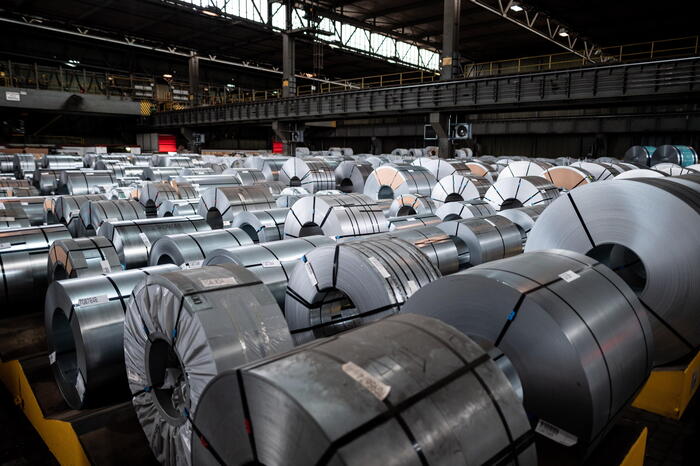

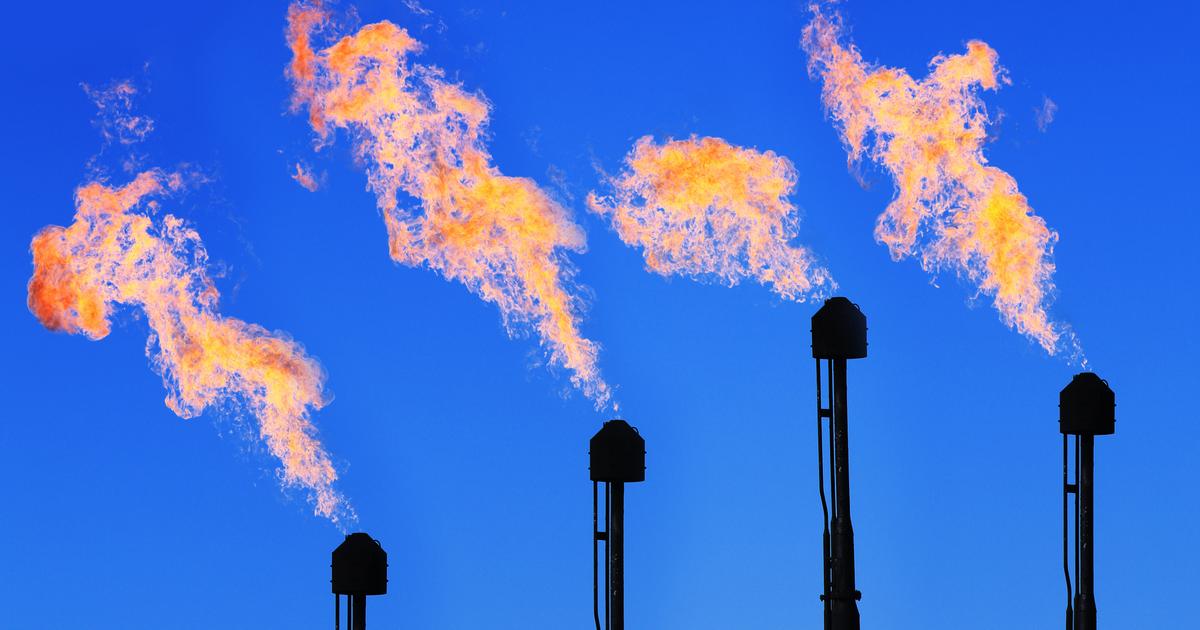
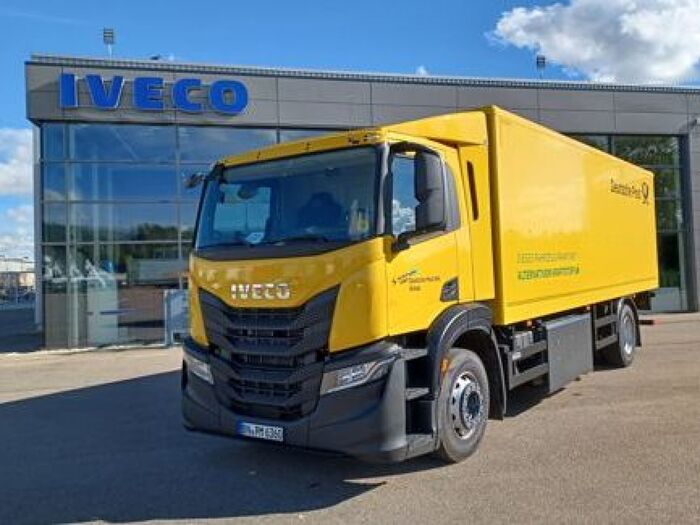

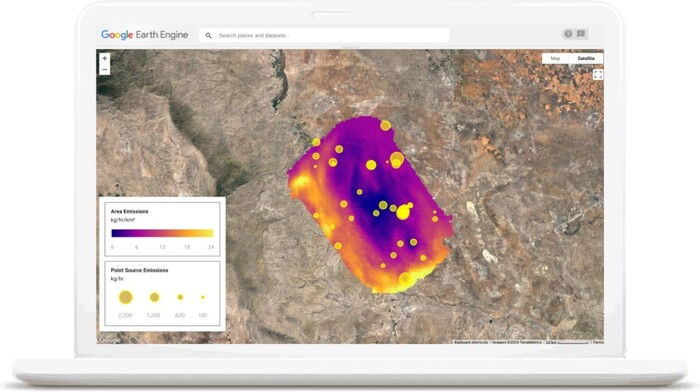
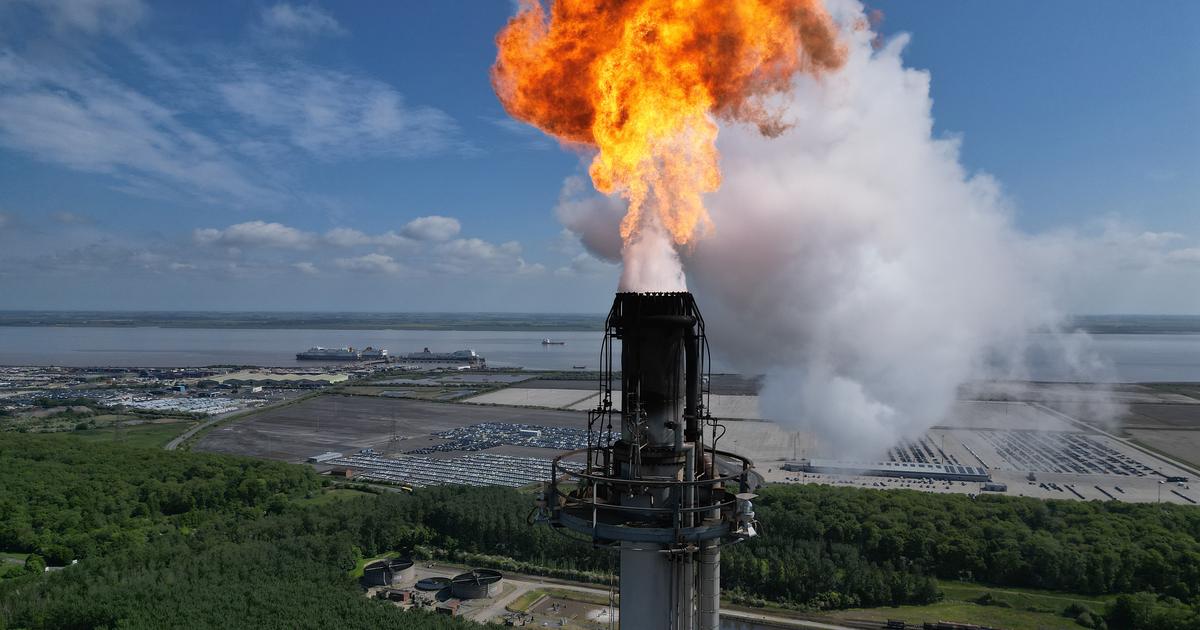
/cloudfront-eu-central-1.images.arcpublishing.com/prisa/CZKALL57HHDXACI6NG6S4FCRW4.jpg)